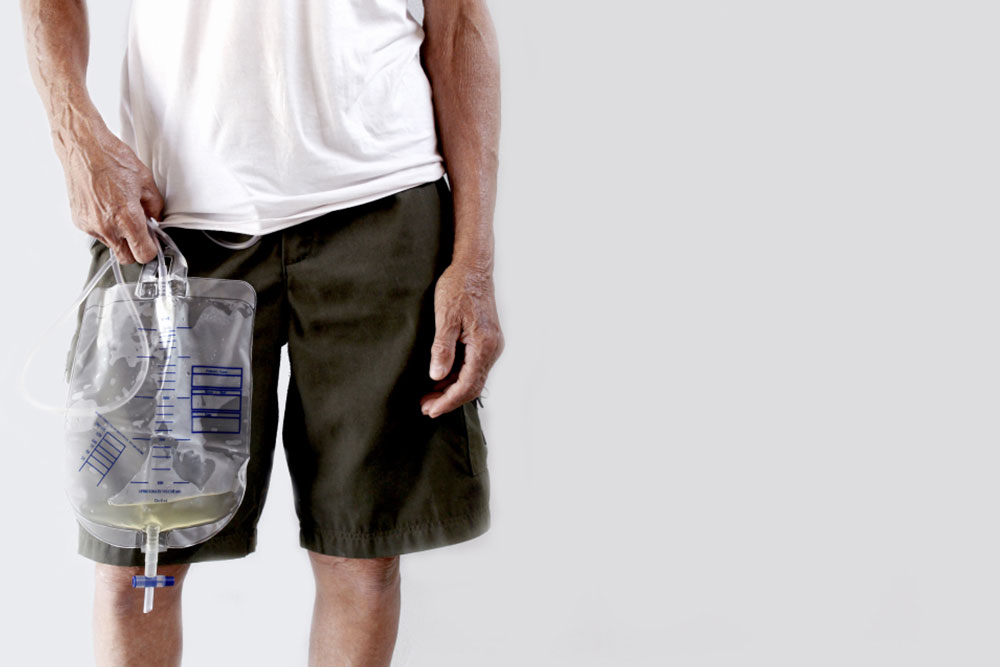
Urinary catheters – Types, complications, and top picks
A urinary catheter, often called a urine catheter, is a medical device used to drain urine from the bladder. It is a flexible tube inserted into the urethra, a duct through which urine passes from the bladder to the outside of the body. Urinary catheters vary in type and size depending on a patient’s needs. Here are some common types of catheters, some complications, and the best products to consider buying.
Its use
Those who are unable to control or retain their urine are usually recommended to use catheters. There may be several reasons for one’s inability to urinate independently, including health issues like bladder and kidney stones, blood clots, enlargement, or prostate gland surgery. Some fractures, spinal cord injuries, and bladder injuries can also affect one’s ability to pee. One may also need the device post-genital surgery, during childbirth, or when suffering from conditions like dementia.
Types of urinary catheters
Urinary catheters come in different sizes and types, depending on the patient’s specific needs. Broadly, they are divided into three types:
- Indwelling catheters
This type has a special balloon filled with sterile water that ensures the device stays in place inside the bladder. One end of the catheter is carefully inserted into the bladder, while the other end remains outside the body. The outside end is connected to a special bag that collects urine. This setup allows for continuous and efficient drainage of urine from the bladder. Indwelling catheters can serve for both short and long durations. Upon completion of the catheterization, the balloon is deflated to remove it. Therefore, it is important to ensure regular bag drainage every two to four hours to minimize the risk of infections. Periodically, a new and unused bag should be affixed to the device. - Intermittent catheters
Another common type of catheter is intermittent, used for a short duration. These catheters are also put into the bladder to drain urine, but they are withdrawn when the bladder is empty and do not stay in. People who struggle to empty their bladders use intermittent catheters. These are commonly used post-surgeries, where an individual may be bedridden for a short while. At times, this catheter is also occasionally termed an in-and-out catheter.Intermittent urinary catheters are preferably operated by healthcare professionals or nurses trained to use them. But since this device needs to be inserted several times during the day, those who are homebound can be taught how to use it. Alternatively, a round-the-clock caretaker may also assist in this task.
-
External catheters
These devices cover the male genitals from the outside, and an attached tube leads the urine to a drainage bag. Besides being more comfortable, these catheters have a lower risk of health complications. Since it is less complicated than the others, one can be taught to use it independently after a doctor’s assessment. External catheters are most commonly used for male patients. While females have a few options, they are less popular and effective and may not be readily available in clinics or hospitals.
The devices can be used in hospitals, nursing homes, or even at home for homebound patients. It’s best to hire a trained professional to operate any catheters since these devices come into contact with the most sensitive parts of one’s body. In addition, any mishandling may lead to injury, UTIs, or infections.
Potential complications
Urinary catheters are generally safe if they are correctly used and replaced regularly. But if the product is unclean or mishandled, one may be susceptible to urinary tract infections (UTIs). Alternatively, any mineral deposits in the tube may lead to blockages. At times, the device may be painful or cause some discomfort while moving. In such cases, one should immediately alert one’s healthcare provider to get a prompt solution and avoid any potential bladder spasms or cramps.
Best urinary catheters to consider buying
Here are a few catheters to consider:
- Coloplast Self-Cath® Male Intermittent Catheter
With a siliconized surface for comfort and smooth insertion, these single-use catheters are designed for intermittent self-catheterization. - Rusch Robinson and Nelaton’s Intermittent Catheter
This reasonable red rubber latex catheter is comfortable and soft with two drainages and is ideal for one-time use. - Coloplast Intermittent Self-Cath for Females
This flexible, straight-tip intermittent catheter for females has a siliconized surface with comfortable side-positioned eyelets.
One can buy catheters at general medical supply stores, online retailers, or healthcare providers. Catheters come in various sizes and shapes to fit different body types. So, one needs to ensure that they buy the right product.




